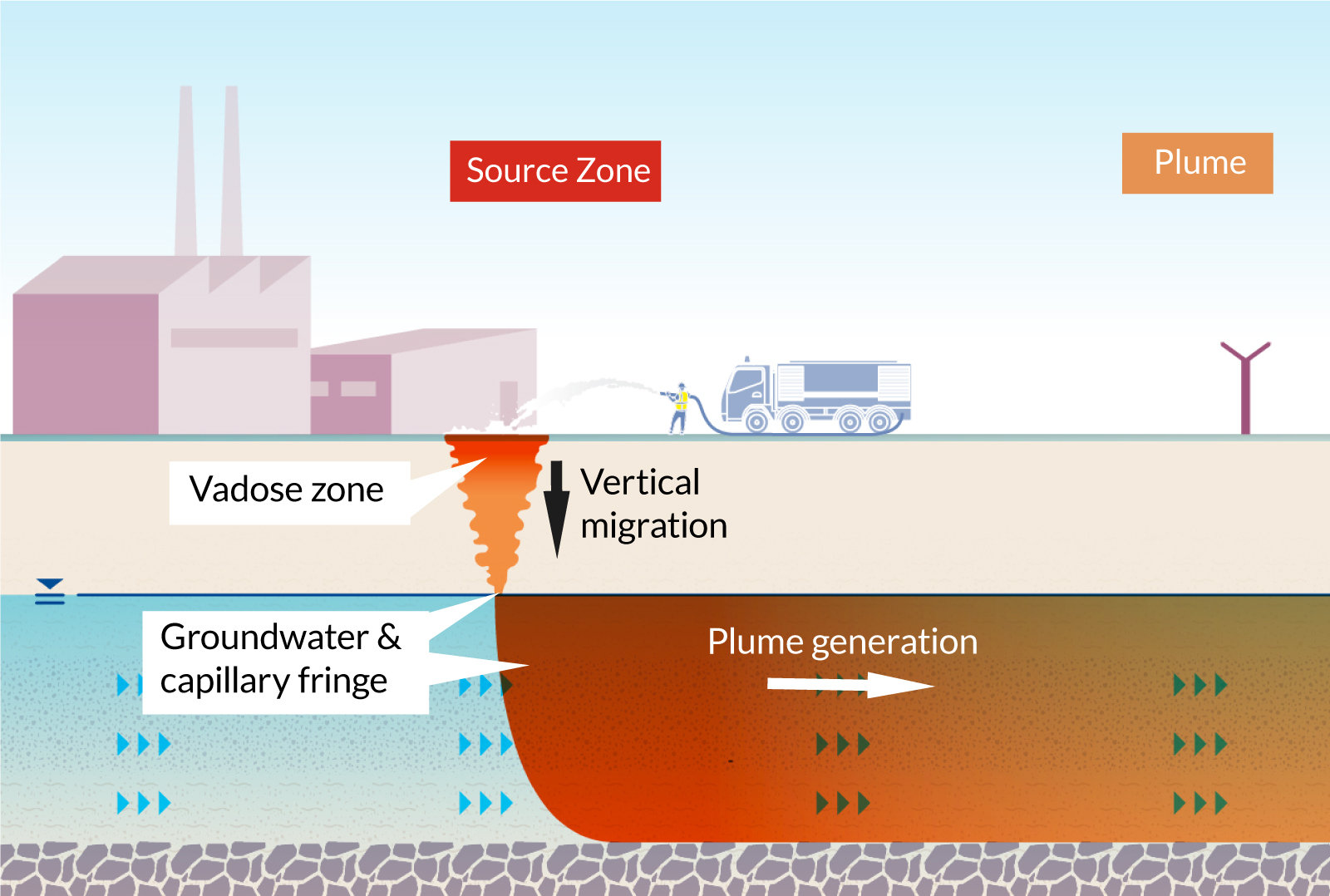Best Practices for PFAS Waste Management at Treatment Facilities
Wiki Article
Cutting-edge PFAS Treatment Solutions for Safer Water
The raising frequency of PFAS contamination in water materials necessitates an essential exam of cutting-edge therapy solutions. Advanced filtering technologies and unique chemical treatments present encouraging avenues for decreasing these relentless contaminants. Additionally, emerging bioremediation strategies supply an even more lasting technique to dealing with PFAS obstacles. As regulatory frameworks remain to adapt, recognizing the performance and scalability of these options becomes critical. What implications do these innovations hold for public health and ecological remediation, and just how can stakeholders effectively implement them in varied contexts?Overview of PFAS Contamination
PFAS contamination has actually emerged as a significant environmental and public health and wellness concern. Per- and polyfluoroalkyl materials (PFAS) are a group of synthetic chemicals recognized for their persistence in the environment and body, leading them to be commonly referred to as "forever chemicals." These compounds have been extensively utilized in different sectors, consisting of firefighting foams, water-repellent fabrics, and food packaging, primarily as a result of their water- and grease-resistant residential or commercial properties.The prevalent use PFAS has led to their detection in soil, water materials, and also in the blood of human beings and pets. Researches have actually connected PFAS direct exposure to many wellness concerns, consisting of developmental results in babies, body immune system disorder, and numerous forms of cancer. Additionally, the ecological persistence of these substances complicates their destruction and elimination, raising issues concerning lasting environmental impacts.
Governing bodies are progressively implementing rigid standards to keep an eye on and lower PFAS degrees in alcohol consumption water and various other ecological tools. As recognition of PFAS contamination expands, it has actually become essential for communities and industries to seek efficient therapy solutions to reduce exposure and safeguard public health.
Advanced Filtering Technologies
As the seriousness to resolve PFAS contamination increases, progressed purification modern technologies have actually become a crucial element in the removal efforts aimed at removing these persistent chemicals from water resources. These technologies utilize advanced devices to successfully target and catch PFAS substances, which are infamously resistant to traditional treatment approaches.One of one of the most appealing methods is using granular activated carbon (GAC), which adsorbs PFAS molecules as a result of its high surface and porous structure. This technique has been widely applied in both community and commercial setups, showing significant decreases in PFAS concentrations. In addition, ion exchange resins have actually gained traction, particularly designed to uniquely bind PFAS ions from water, hence promoting their removal.
Membrane filtering modern technologies, such as reverse osmosis and nanofiltration, likewise reveal efficiency in PFAS removal by physically separating pollutants from water - pfas management. These systems can attain high degrees of pureness, making them suitable for drinking water applications
Chemical Treatment Technologies
Numerous chemical treatment developments are being discovered to efficiently address PFAS contamination in water materials. One encouraging strategy entails using sophisticated oxidation processes (AOPs), which use powerful oxidants such as ozone, hydrogen peroxide, or chlorine dioxide combined with UV light to damage down PFAS compounds into much less damaging materials. visit homepage This method has demonstrated efficiency in laboratory settings, revealing potential for scalability in real-world applications.An additional innovative technique is the development of ion-exchange materials specifically developed to target PFAS. These resins can selectively adsorb PFAS substances from water, permitting their removal during therapy procedures. Recent developments have boosted the effectiveness and ability of these materials, making them a favorable option for water treatment facilities.
In addition, researchers are investigating the usage of chemical agents like persulfate and ferrous ions to improve the destruction of PFAS in polluted water. These representatives can induce chemical responses that promote the break down of persistent PFAS substances.
Arising Bioremediation Techniques
Current developments in chemical therapy advancements have led the way for checking out bioremediation methods as a sensible alternative for attending to PFAS contamination. Bioremediation harnesses the all-natural metabolic procedures of bacteria to degrade or change toxins, making it an attractive method for dealing with consistent pollutants like PFAS.
Arising techniques in bioremediation include the usage of genetically crafted microorganisms that can specifically target and damage down PFAS compounds. These microbial strains are being developed for their improved deterioration abilities, increasing the performance of the remediation process. In addition, researchers are exploring the website link capacity of plant-assisted bioremediation, where particular plant varieties might uptake and sequester PFAS from polluted soil and water.
One more appealing approach is the application of bioaugmentation, which includes presenting useful bacteria right into contaminated atmospheres to increase the degradation of PFAS. This approach can facilitate quicker remediation timelines and enhance general performance.

Governing Frameworks and Criteria
An extensive regulative framework is essential for effectively managing PFAS contamination and making sure public health and wellness protection. The increasing recognition of per- and polyfluoroalkyl substances (PFAS) as toxic wastes has actually motivated numerous federal and state firms to develop standards that govern their presence in water products. The United State Epa (EPA) has developed health advisories and is pursuing setting enforceable limits for PFAS in drinking water.State-level policies differ considerably, with some states adopting stricter guidelines than those recommended by the EPA. These policies frequently consist of optimum impurity levels (MCLs) for details PFAS substances, tracking demands, and reporting obligations for water utilities. Furthermore, arising structures concentrate on the remediation of infected sites, stressing the demand for efficient treatment modern technologies.

Conclusion
Finally, the growth and execution of ingenious PFAS therapy solutions are vital for resolving the pervasive concern of water contamination. Advanced filtration innovations, chemical therapies, Get More Info and emerging bioremediation strategies collectively present a multifaceted strategy to properly minimize and degrade PFAS levels. As regulative structures remain to progress, incorporating these innovations will be vital to secure public health and wellness and recover the stability of contaminated water resources, ultimately adding to a cleaner and safer setting.Report this wiki page